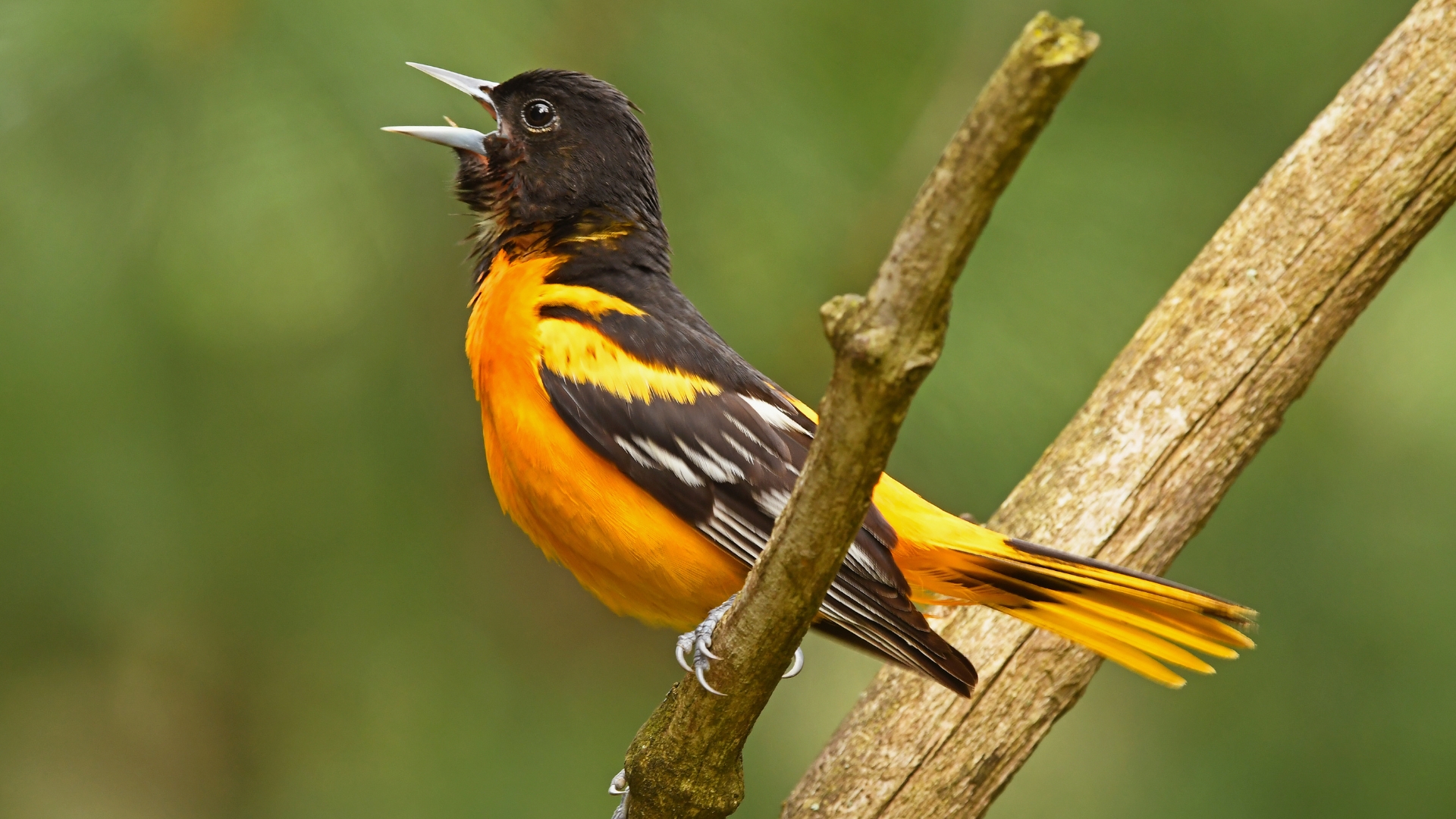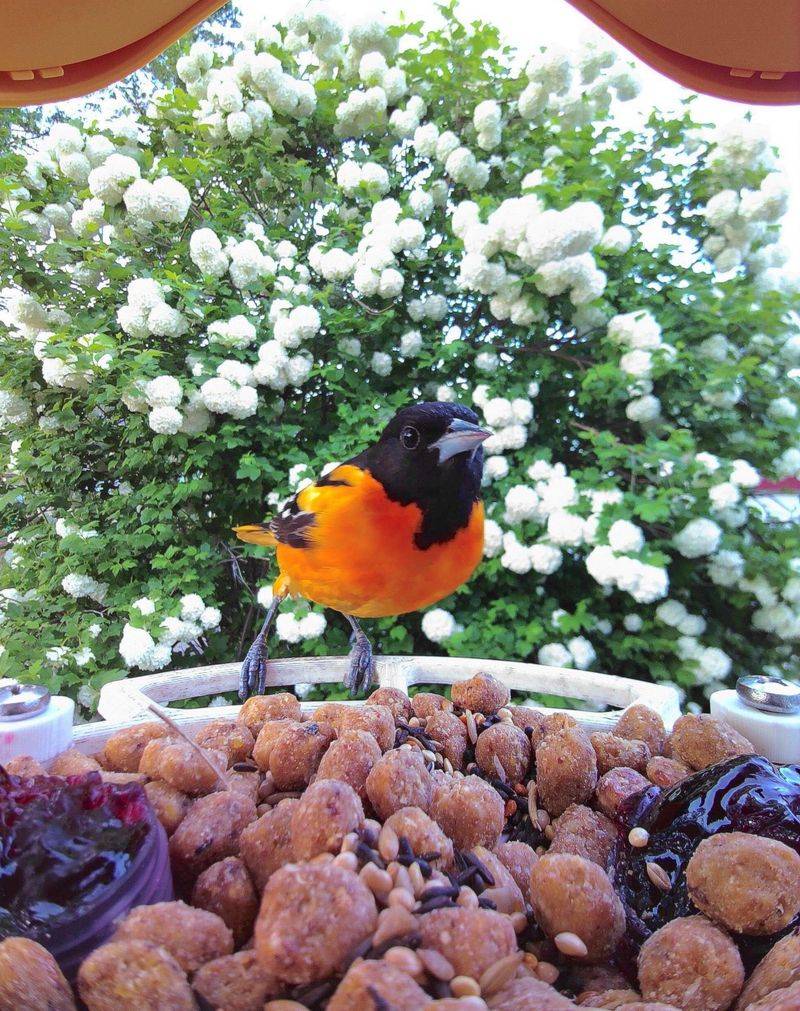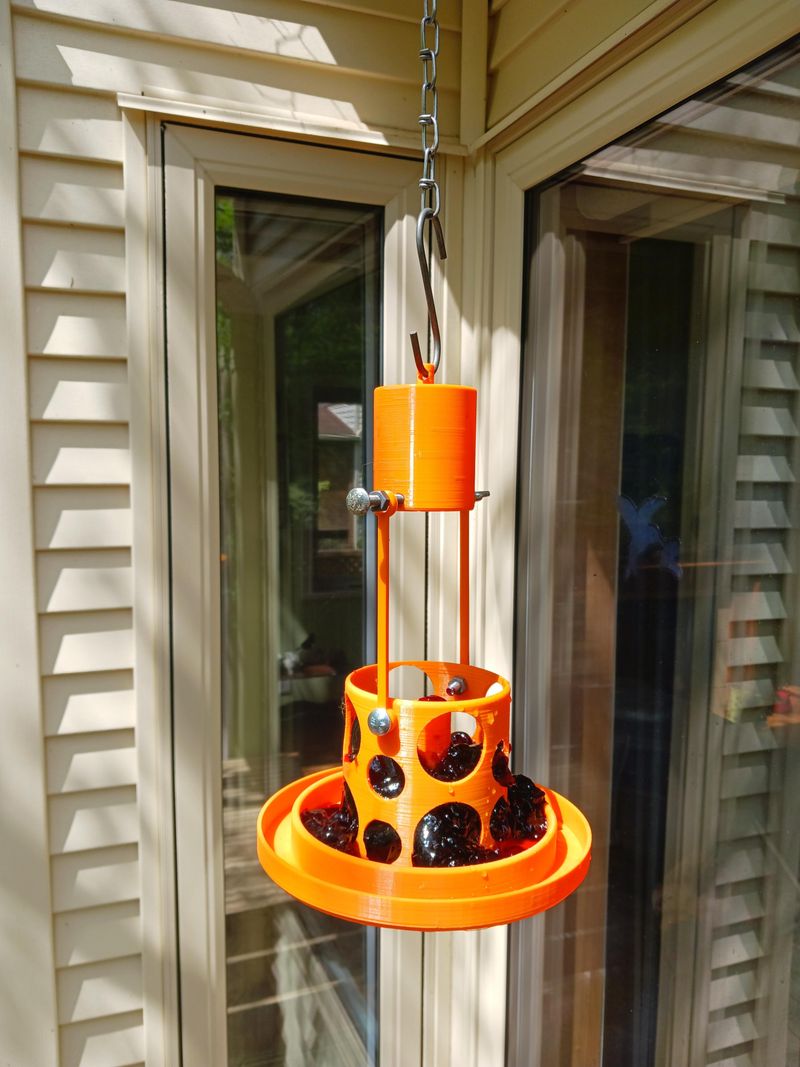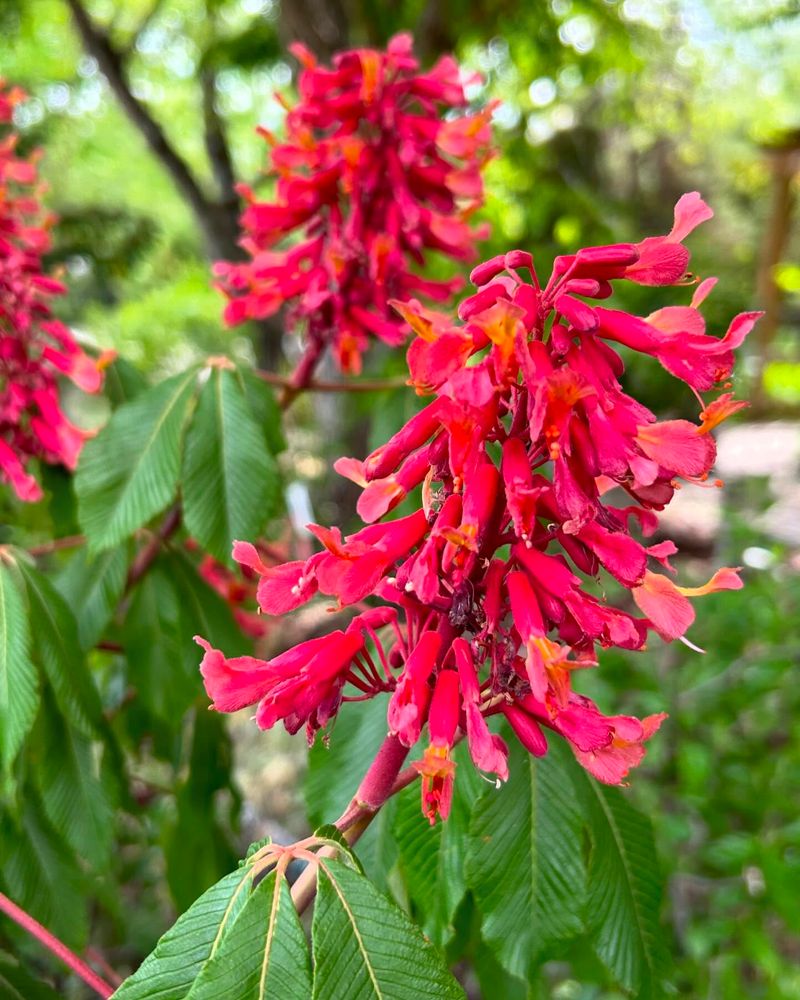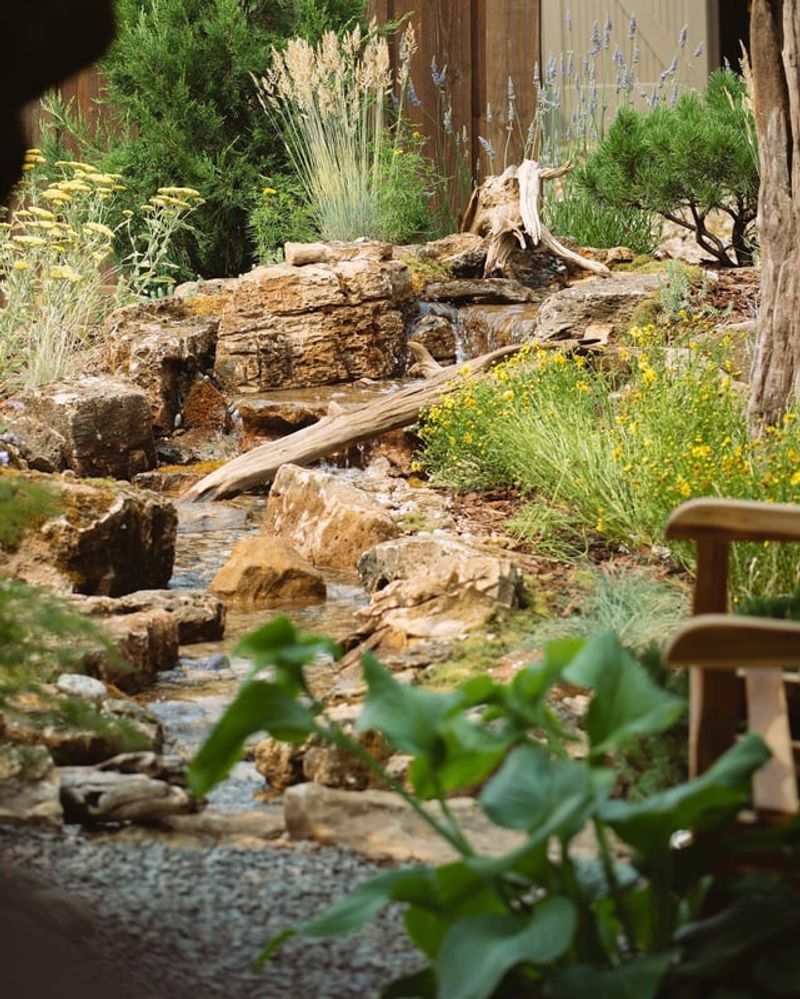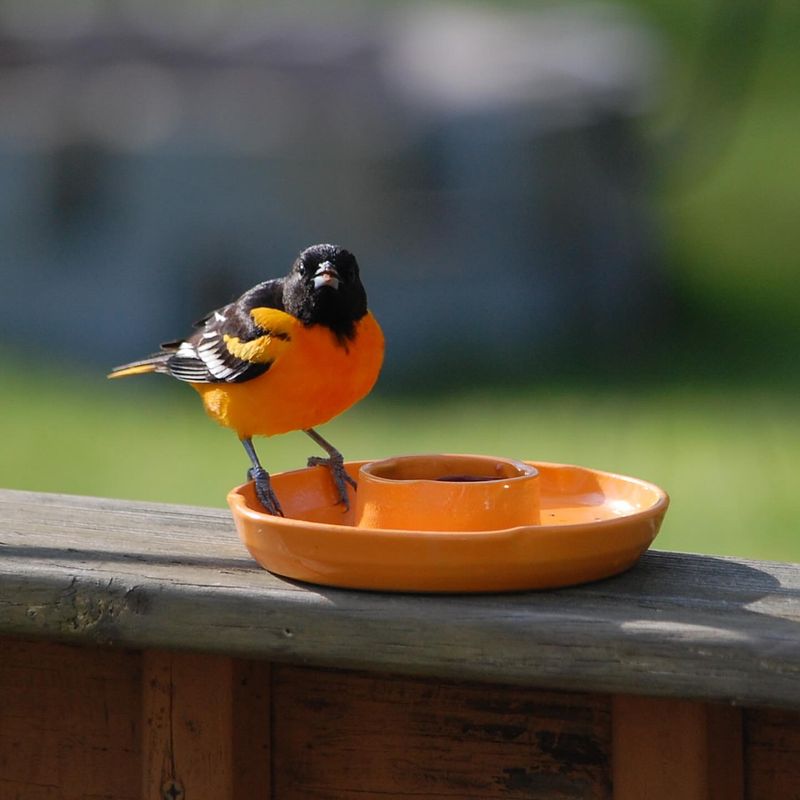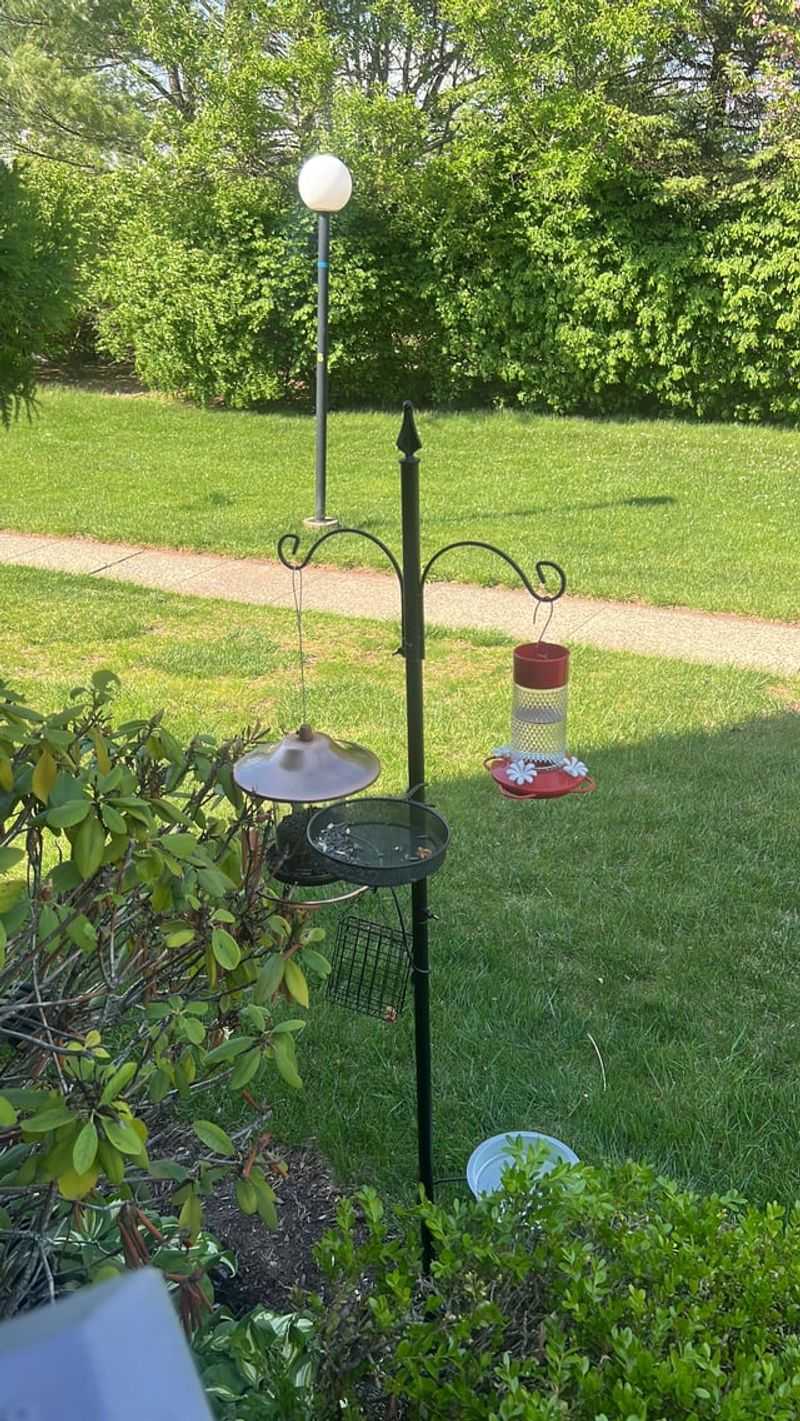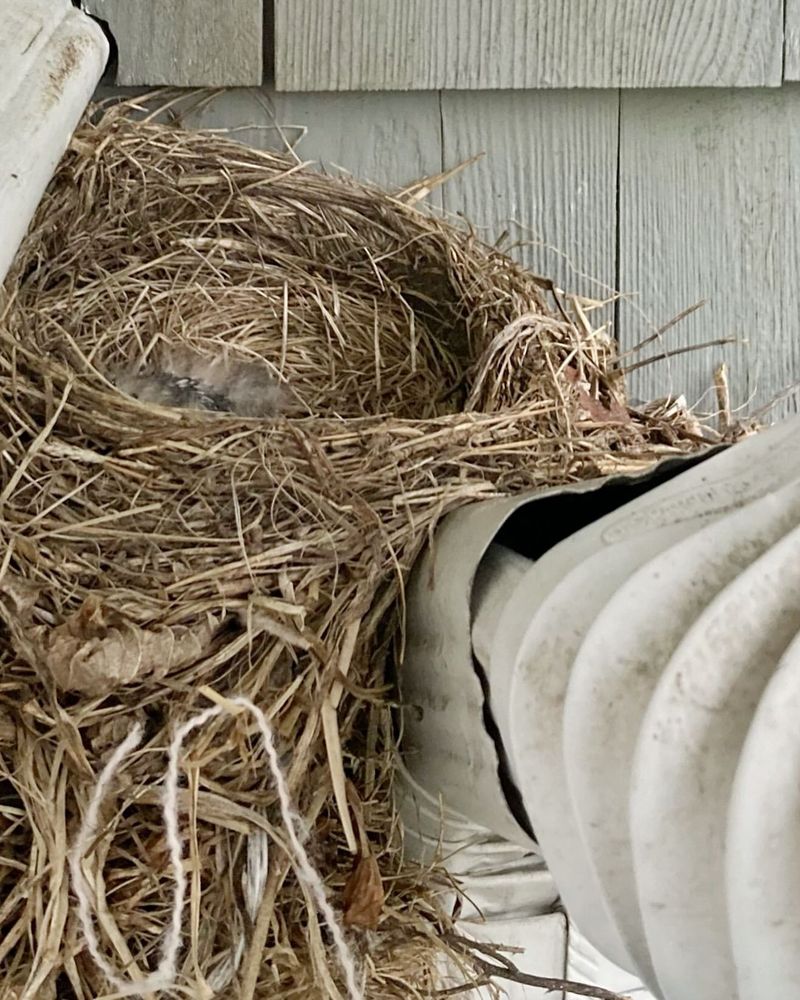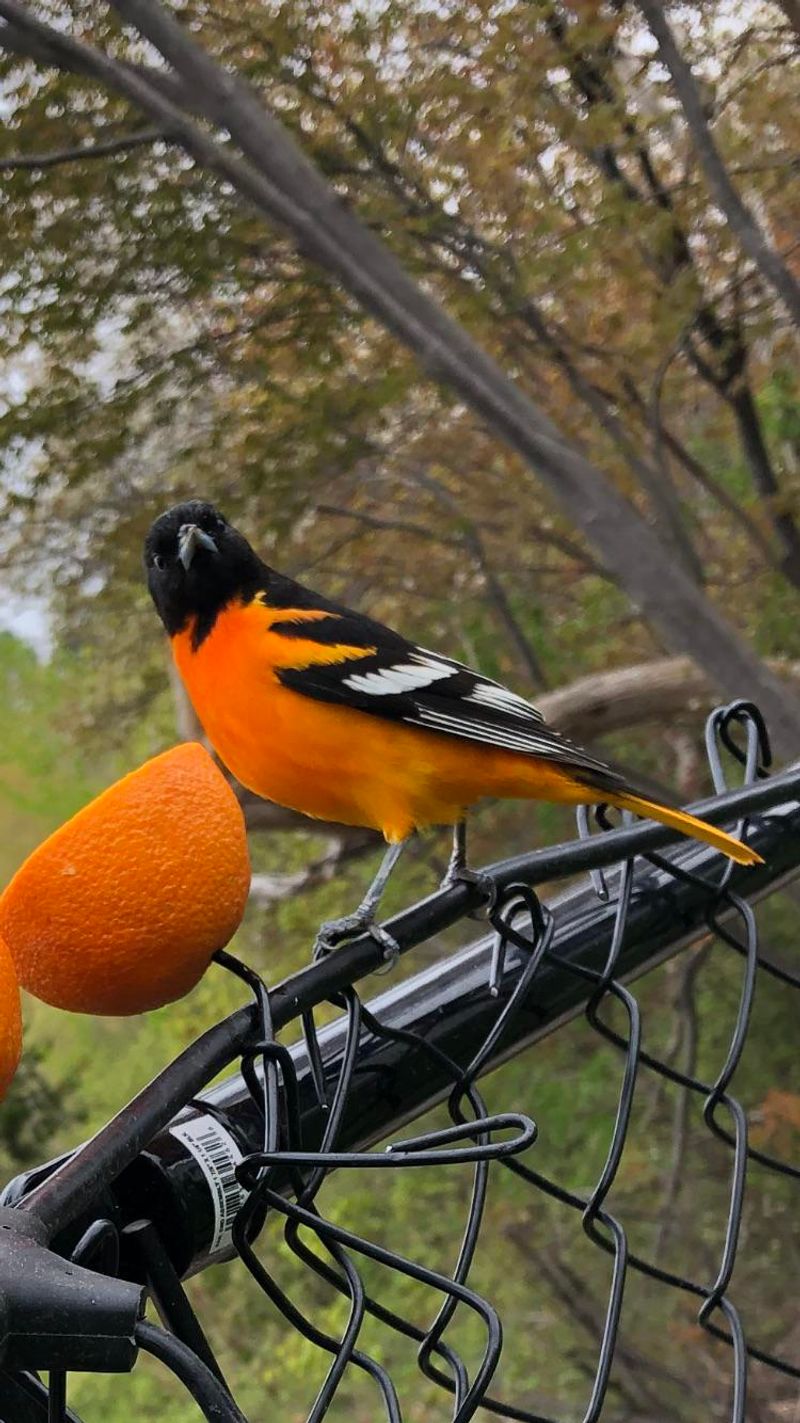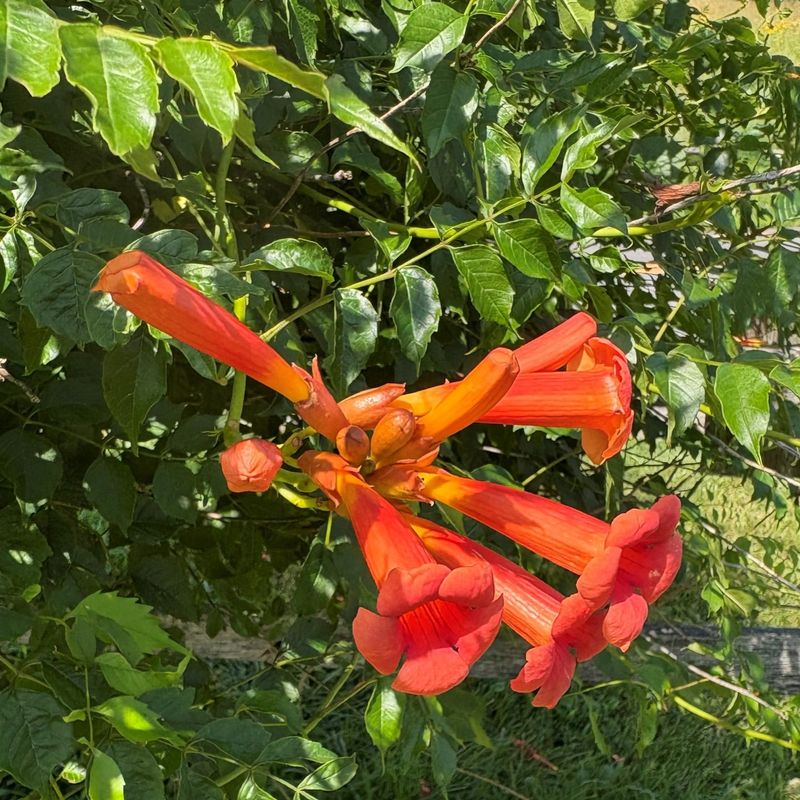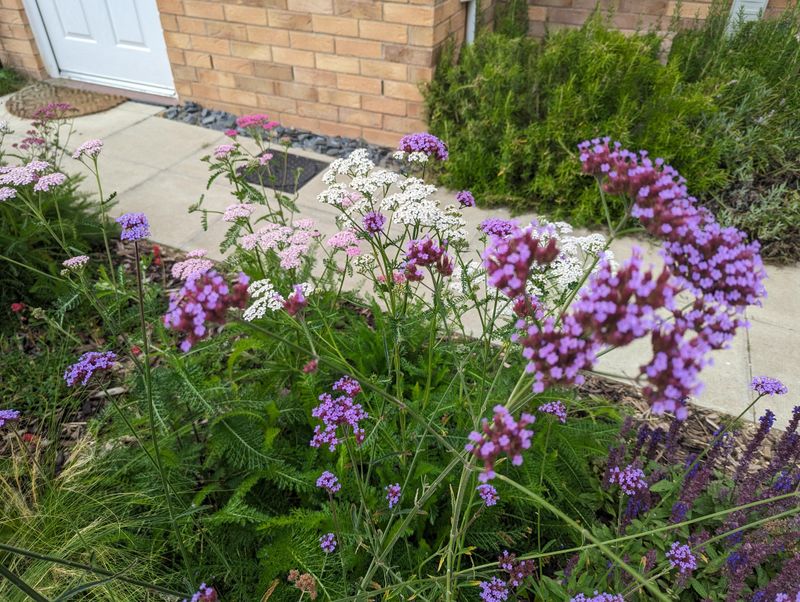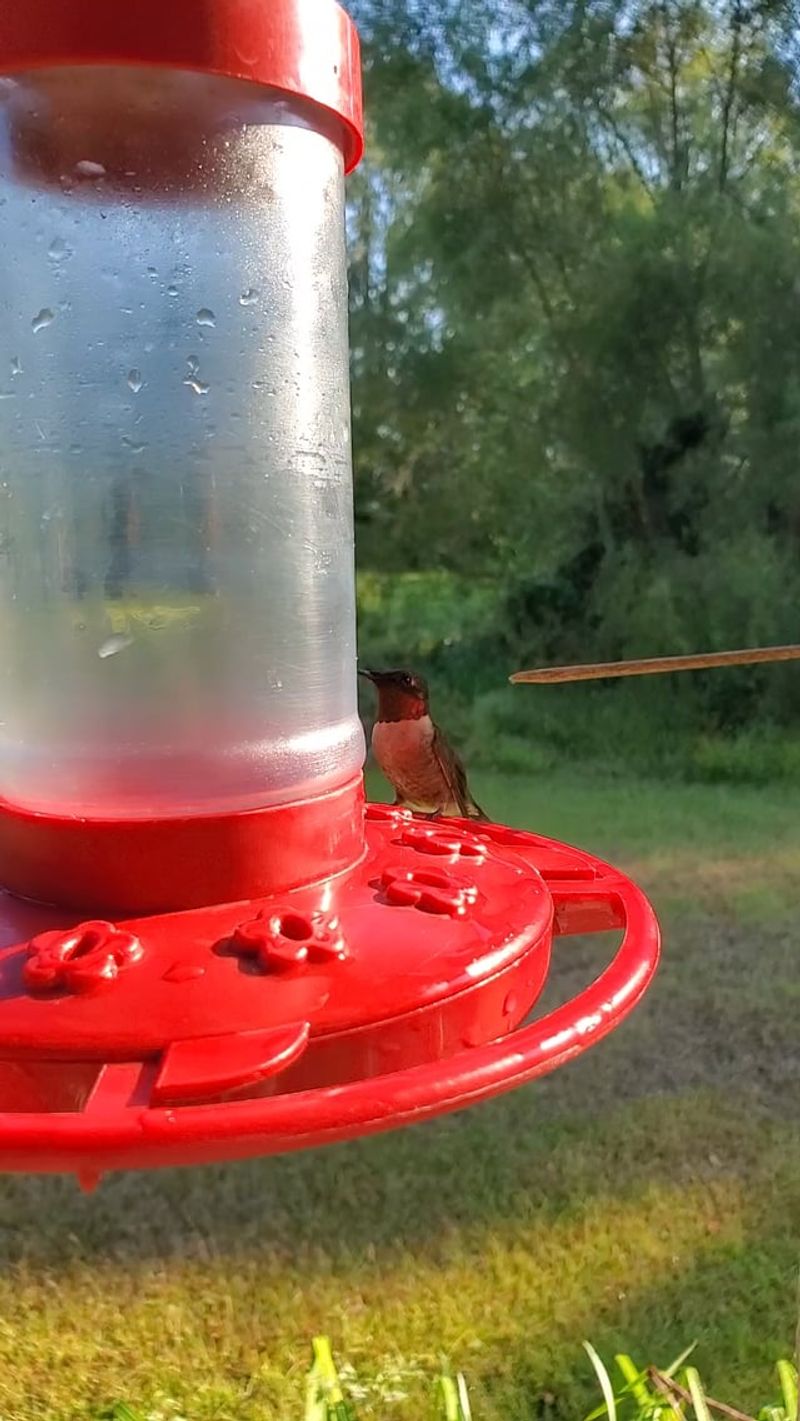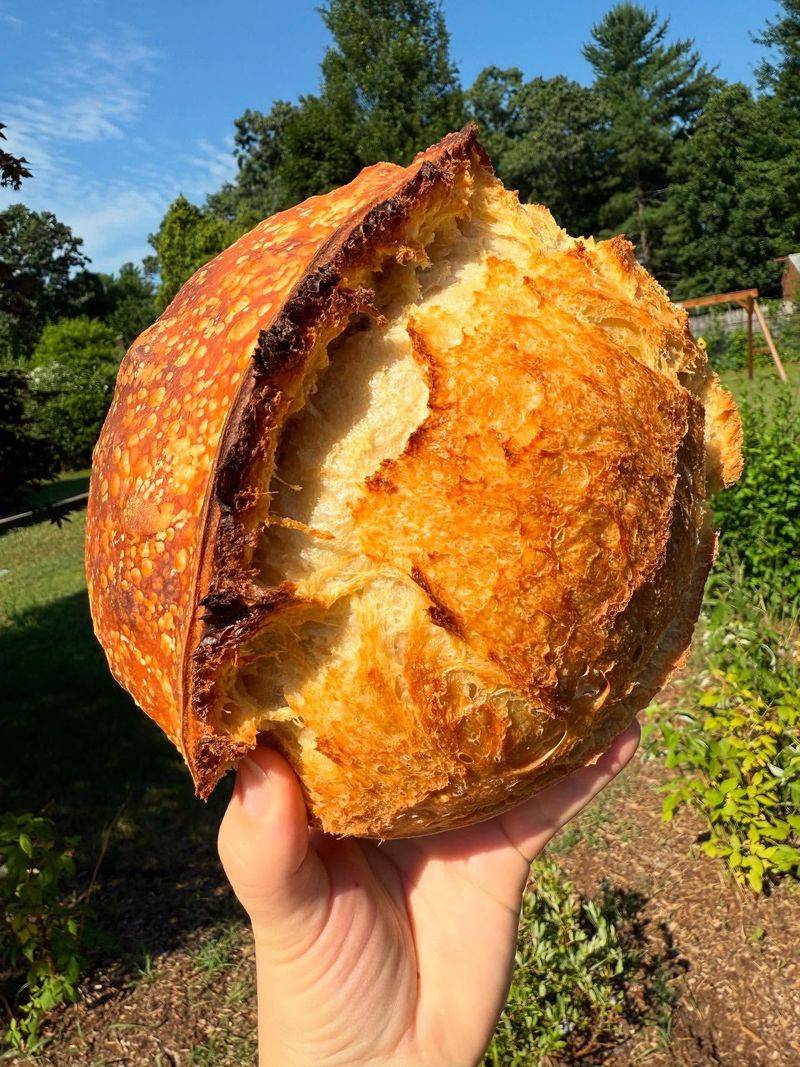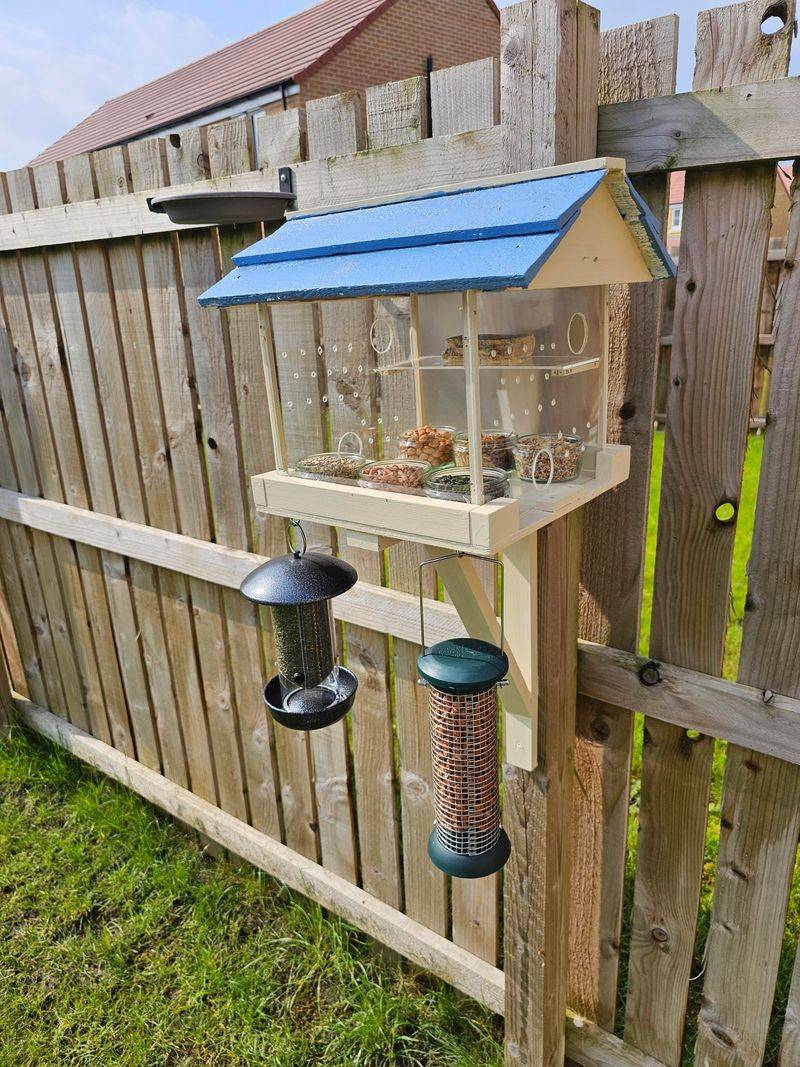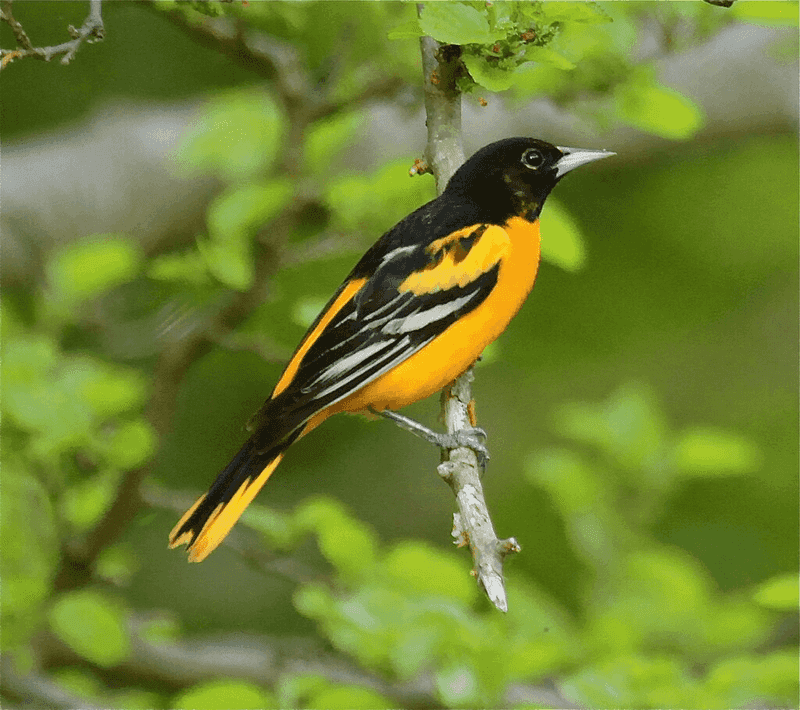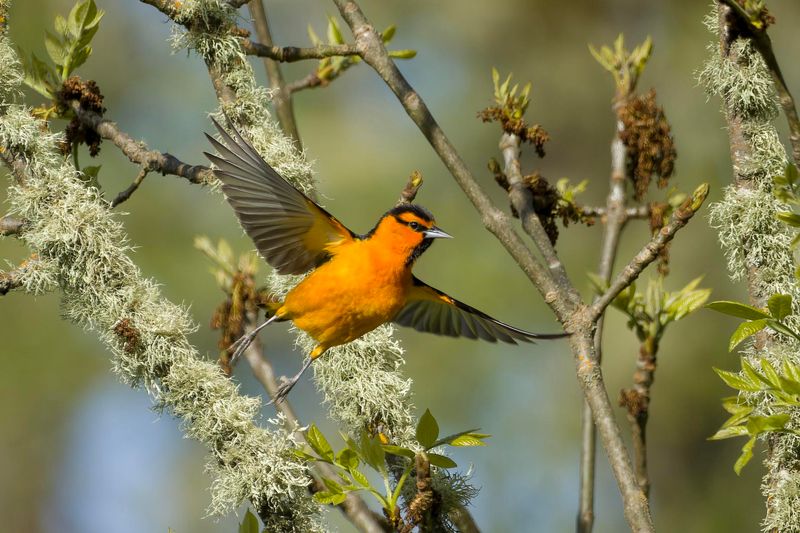I didn’t think orioles would ever visit my Illinois garden—until I tried a few easy tricks that changed everything. With just a couple of simple tweaks, they started showing up like clockwork.
Watching them flit around the yard feels like a reward in itself! But trust me, I also made a few mistakes along the way that scared them off fast. Skip those, and you’ll have these bright visitors hanging around in no time.
1. Orange Halves on Shepherd’s Hooks
Fresh orange halves became my secret weapon in attracting orioles to my suburban Illinois yard. I impale them on decorative shepherd’s hooks placed near flowering trees where these beautiful birds often feed.
The bright fruit acts like a beacon, visible from high perches where orioles scout for food. Replacing them every other day keeps the fruit fresh and appealing, especially during spring migration when orioles first arrive.
2. Grape Jelly Feeders
Nothing draws orioles to my Illinois garden faster than small dishes of grape jelly. I use shallow orange-colored dishes secured to tree branches about six feet off the ground, keeping them away from curious raccoons.
The sweet treat works like magic during migration season. I’ve noticed Baltimore Orioles prefer the jelly stations placed near water sources, creating a perfect refueling spot after their long journey northward.
3. Native Flowering Trees
Planting serviceberry trees revolutionized my Illinois bird-watching experience. Their early spring blossoms attract insects that orioles love to snack on during migration, creating a natural feeding station.
The small fruits that follow provide additional food sources throughout summer. My neighbors across central Illinois have reported similar success with native flowering dogwoods and crabapples, which seem to create oriole highways through our neighborhood.
4. Water Features with Movement
My simple solar-powered bubbling birdbath became an unexpected oriole magnet in my Illinois garden. The gentle splashing sounds carry through the yard, drawing curious birds from surprising distances during hot summer days.
Orioles particularly enjoy bathing in the early morning hours. I’ve positioned mine near dense shrubs so they have quick escape routes, making these cautious birds feel secure enough to visit regularly.
5. Specialized Oriole Feeders
Investing in proper oriole feeders transformed my Illinois backyard bird scene completely. The orange-colored feeders with multiple feeding stations allow orioles to sip nectar, eat jelly, and grab orange slices all in one spot.
Hanging these feeders from mature trees created perfect staging areas. I’ve found success placing them at varying heights – some at eye level for easy refilling, others higher up where orioles feel more secure from neighborhood cats.
6. Homemade Nectar Solution
My simple 4:1 water-to-sugar nectar mixture costs pennies compared to store-bought options, yet orioles in my Illinois garden can’t resist it. I boil the water first, then stir in pure cane sugar until dissolved, never using honey or artificial sweeteners.
Letting it cool completely before filling feeders prevents spoilage. Unlike hummingbird nectar, I never add red dye – the orange-colored feeders provide all the visual attraction needed without potentially harmful additives.
7. Natural Nesting Materials
Hanging small mesh bags filled with natural cotton fibers, pet fur, and thin plant strips became my clever hack for keeping orioles in my Illinois yard all season. These materials perfectly match what female orioles search for when building their distinctive hanging nests.
Placing these material stations near water sources created a one-stop nesting shop. I’ve watched female orioles make repeated trips, gathering materials for their remarkable sock-like nests that hang from the tallest trees in my yard.
8. Strategic Perching Spots
Adding several dead branches to living trees created perfect oriole lookout posts throughout my Illinois garden. These bare perches give orioles commanding views of feeders and potential threats before they swoop down to feed.
Male orioles particularly favor high singing perches to establish territory. I’ve positioned these natural perches near food sources but away from busy areas of the yard, creating oriole-friendly zones where they feel comfortable enough to sing their beautiful flute-like songs.
9. Trumpet Vines
Planting trumpet vines along my back fence created a natural oriole buffet in my Illinois yard. The bright orange tubular flowers produce exactly the right amount of nectar to attract these colorful birds throughout summer.
The vines also host numerous insects that orioles feed to their young. While some Illinois gardeners consider trumpet vines slightly aggressive, I’ve found their oriole-attracting powers well worth the occasional pruning needed to keep them in check.
10. Insect-Friendly Garden Practices
Switching to pesticide-free gardening methods doubled my oriole sightings in central Illinois. These birds rely heavily on protein-rich insects, especially when feeding their young, making a chemical-free yard essential for attracting them.
I’ve created insect habitat zones with native plants and leaf litter. Watching orioles hunt caterpillars among my oak trees has become one of my favorite summer pastimes, proving that sometimes the best bird food isn’t what we provide directly.
11. Using Red Feeders
My biggest oriole attraction mistake in northern Illinois was using red hummingbird feeders, assuming all nectar-feeding birds would be drawn to them. Orioles consistently ignored these feeders despite identical nectar inside.
After switching to orange-colored feeders, orioles appeared within days. Their strong color preference seems hardwired – they naturally seek orange fruits and flowers in the wild. This simple color switch made all the difference in establishing my yard as an oriole destination.
12. Offering Bread Products
Leaving bread out was my well-intentioned but misguided attempt to feed orioles in my Illinois garden. Not only did orioles ignore it completely, but it attracted unwanted visitors like starlings and house sparrows that eventually drove away the more timid orioles.
Bread provides almost no nutritional value for birds and can even cause health problems. Switching to high-protein, high-energy foods like mealworms and fruit made my yard much more appealing to orioles and healthier for all visiting birds.
13. Placing Feeders Too Low
Hanging oriole feeders at eye level seemed convenient for refilling but proved a major mistake in my Illinois yard. These naturally cautious birds strongly prefer feeding at heights of 6-12 feet where they feel safe from predators.
After repositioning feeders higher in mature trees, oriole visits increased dramatically. I now use a shepherd’s hook with pulley system for easy lowering when refills are needed, maintaining the height orioles prefer while making maintenance simple for me.
14. Inconsistent Feeding Schedule
My erratic feeding habits initially prevented orioles from establishing my Illinois yard as a reliable food source. These intelligent birds quickly abandon sites with unpredictable food availability, especially during migration when energy needs are highest.
Creating a consistent schedule transformed my results completely. I now refill feeders every other day without fail, even setting phone reminders during peak migration season. This reliability turned occasional oriole sightings into regular visits from multiple pairs.
15. Ignoring Seasonal Timing
My biggest oriole attraction failure was not understanding their migration patterns through Illinois. I’d put feeders out in late May, completely missing the early spring arrival window when orioles are actively establishing territories.
Now I prepare everything by mid-April, ensuring food sources are available the moment the first orioles appear. This timing strategy has made my yard a first-choice destination rather than an afterthought, increasing my oriole population dramatically each year.

